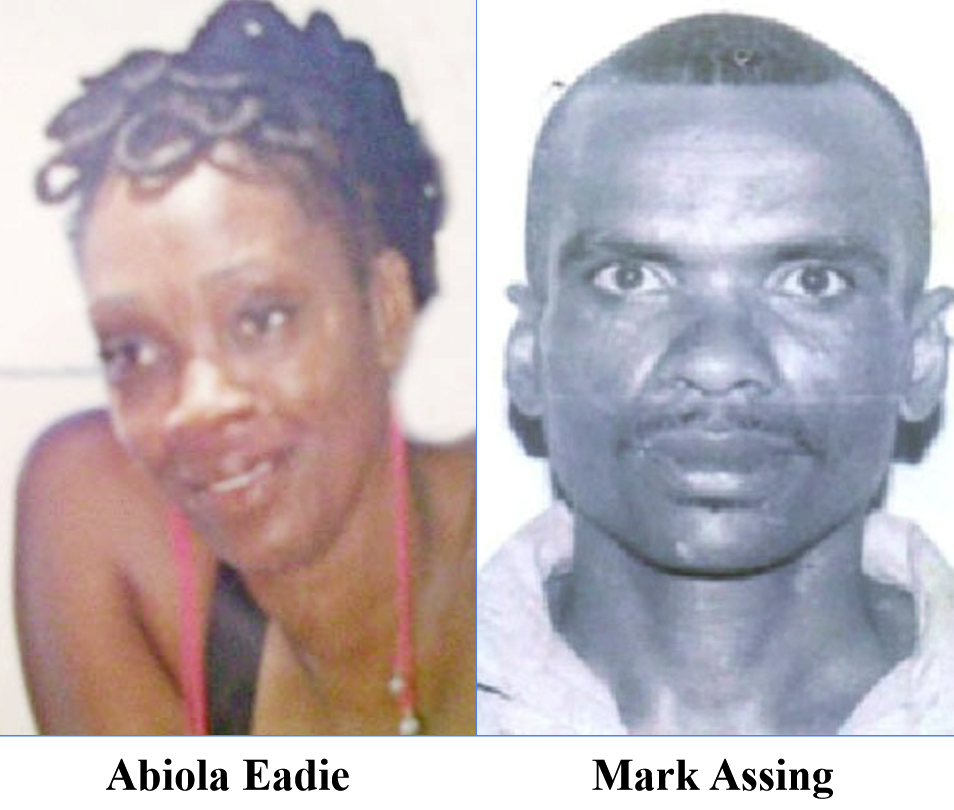The Court of Appeal yesterday upheld a challenge to the murder conviction of Mark Assing and substituted a manslaughter verdict and a lower sentence for the killing of his neighbour.
Assing had been convicted and sentenced in 2014 to 66 years in jail for the murder of his neighbour, Abiola Eadie, whom he killed during a row over an injured game cock.
In delivering the ruling yesterday, acting Chancellor Yonette Cummings-Edwards stated that a 24-year sentence would have been just enough, while keeping in mind the substitution of a manslaughter verdict as well as the deduction of the time Assing spent in pre-trial custody.
The appeal was heard by Justice Cummings-Edwards and Justices of Appeal Rishi Persaud and Dawn Gregory at the Guyana Court of Appeal.
Assing’s attorney, Glenn Hanoman, had argued that the trial judge, Navindra Singh, did not treat the issue of provocation fairly and failed to adequately explain all the elements to the jury.
In his notice of appeal, Assing argued, among other things, that the judge who conducted his trial wrongly admitted hearsay evidence from a witness for the state that was more prejudicial than probative in his case, thus resulting in a substantial miscarriage of justice.
He also said that the judge failed to adequately direct the jury on how it needed to approach issues of conflict, inconsistencies and omissions in evidence, again resulting in a miscarriage of justice.
Through his attorney Hanoman, Assing (the appellant) also contended that the judge withdrew the possibility of a conviction for the offence of manslaughter “by materially misleading the jury” on the issue of provocation.
In a previous argument, Hanoman said that having alerted the jury to the possibility of a verdict for both murder and manslaughter, the judge failed to employ a procedure that permitted a conviction for manslaughter.
According to him, the judge failed to adequately assess all the evidence and statements that tended to establish the factual circumstances that could lead to provocation and completely ignored the unsworn statement during this exercise.
Hanoman had said that the trial judge made a grave error in telling the jury that it needed to first find the accused guilty of murder before going on to consider a verdict for manslaughter.
From the notice of appeal seen by this newspaper, the appellant is of the view that the judge misdirected the jury regarding the formula to be used in arriving at a manslaughter verdict.
Assing said, too, that the judge failed to put his defence fairly, adequately and with balance to the jury, which prejudiced his case.
The appellant has expressed the view that the judge misdirected the jury on the reliability of the pathologist’s evidence by introducing a presumption that his evidence enjoyed a status above that of other witnesses.
Finally, the appellant complained of his sentence being too severe. On this point, he said that the trial judge utilised a mathematical formula which has no legal basis in imposing the sentence of 66 years, while adding that he failed to take into account established sentencing guidelines.
Assing further contends that in passing sentence, the judge failed to explore the possibility of ordering a probation report and to take other relevant factors into consideration. The appellant is of the view that the sentence was too severe in all the circumstances of the case.
During his trial in 2014, Assing had claimed that it was Eadie’s brother, whose name was given as ‘Buck Man,’ who had shot her by accident. Assing said that ‘Buck Man’ had struck him with a gun, which caused it to go off, hitting Eadie.
He had also said that he was physically incapable of pulling a trigger, as he was born without the ability to bend the index finger of his right hand, which was his dominant hand.
In passing sentence, Justice Singh said that there was overwhelming evidence against Assing.
Justice Singh began with a sentence of 60 years, before adding 8 years because a gun was used to commit the murder and subtracting the 2 years Assing spent on remand while awaiting trial.









